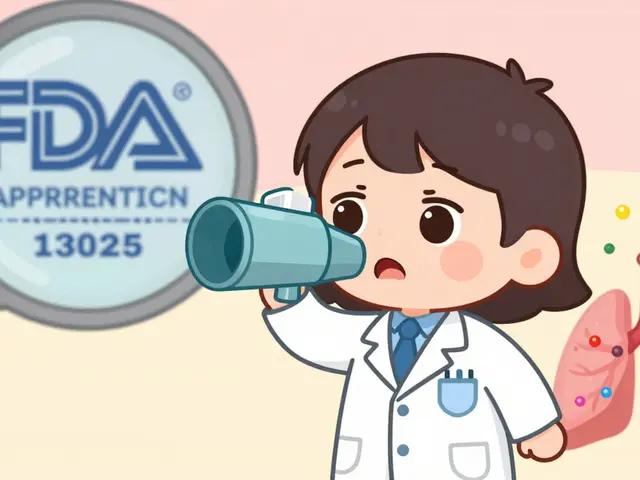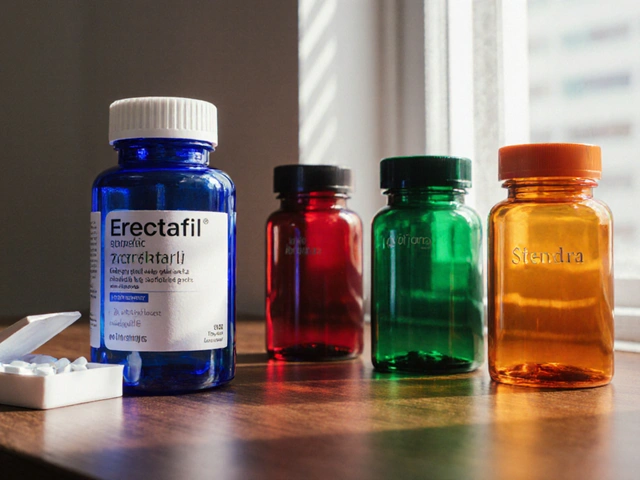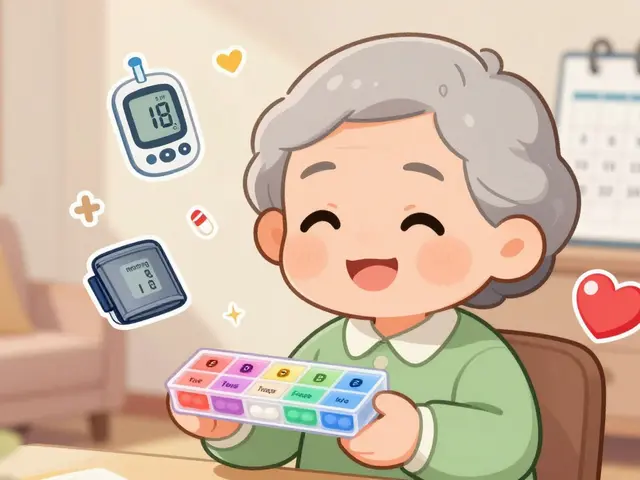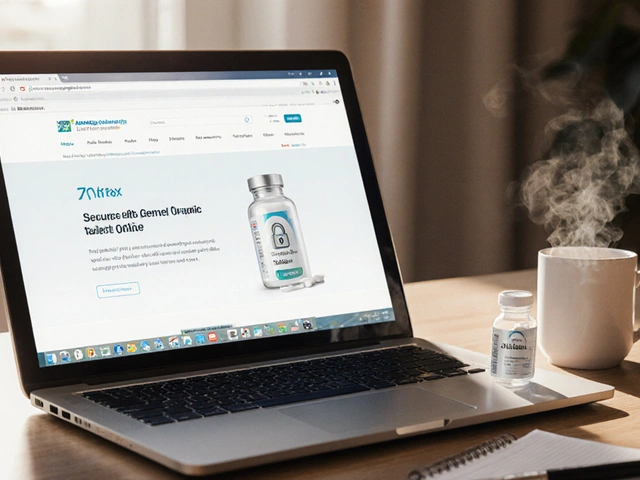Dosage Guide: How to Get Your Meds Right Every Time
Ever wonder why the label says "take one tablet twice a day" but you’re still unsure if that’s the right amount for you? You’re not alone. Getting the dose right is the backbone of any treatment – too little won’t work, too much can cause trouble. Below you’ll get step‑by‑step basics that work for most pills, liquids, and injections.
Start With the Basics – Read, Measure, Confirm
First thing: read the prescription label and the patient information leaflet. They list the exact strength (e.g., 500 mg) and the recommended schedule. If you have a liquid, use the measuring device that comes with it – a kitchen spoon is not accurate enough. For tablets, a simple pill cutter can help split doses that aren’t whole numbers.
Next, double‑check the math. If a doctor orders 150 mg of a 50 mg tablet, you need three tablets, not two or four. Write it down or set a reminder on your phone. Small errors add up, especially with chronic meds.
Adjust for Body Size and Health
Weight, age, and organ function often change the dose you need. For kids, dosing is usually based on kilograms or body surface area – the label will say something like "10 mg/kg". In older adults, kidney or liver issues can slow drug clearance, meaning a lower dose does the same job.
When you start a new med, your pharmacist can help you figure out if a dose tweak is needed. They’ll ask about other drugs, health conditions, and any recent lab results. Don’t skip that conversation – it’s quick and can prevent side‑effects.
Some drugs have a “loading dose” – a higher amount at the start to get levels up fast – followed by a maintenance dose. For example, loading doses are common with certain antibiotics and anti‑seizure meds. The prescription will spell this out; just follow it exactly.
When it comes to timing, consistency matters. Take your meds at the same time each day, preferably with food or on an empty stomach as instructed. This keeps blood levels steady and maximizes effectiveness.
If you miss a dose, the rule of thumb is simple: take it as soon as you remember unless it’s almost time for the next one. In that case, skip the missed dose – don’t double up. Doubling can cause a spike that leads to toxicity.
Finally, keep a medication list. Write down each drug, its strength, how often you take it, and any special instructions. Share this list with every doctor you see. It’s the fastest way to avoid dangerous drug interactions.
Getting your dosage right isn’t a mystery – it’s about reading the label, measuring correctly, and tailoring the dose to your body. Use the tips above, ask your pharmacist any questions, and you’ll stay on track with confidence.
Metoclopramide: Uses, Dosage, Side Effects & Safety Guide

Find out what Metoclopramide does, how to use it correctly, its common side effects, drug interactions and practical safety tips for patients.
read more



